It’s already been 48 years since those amazing moments, but their image is still as inspiring as ever.
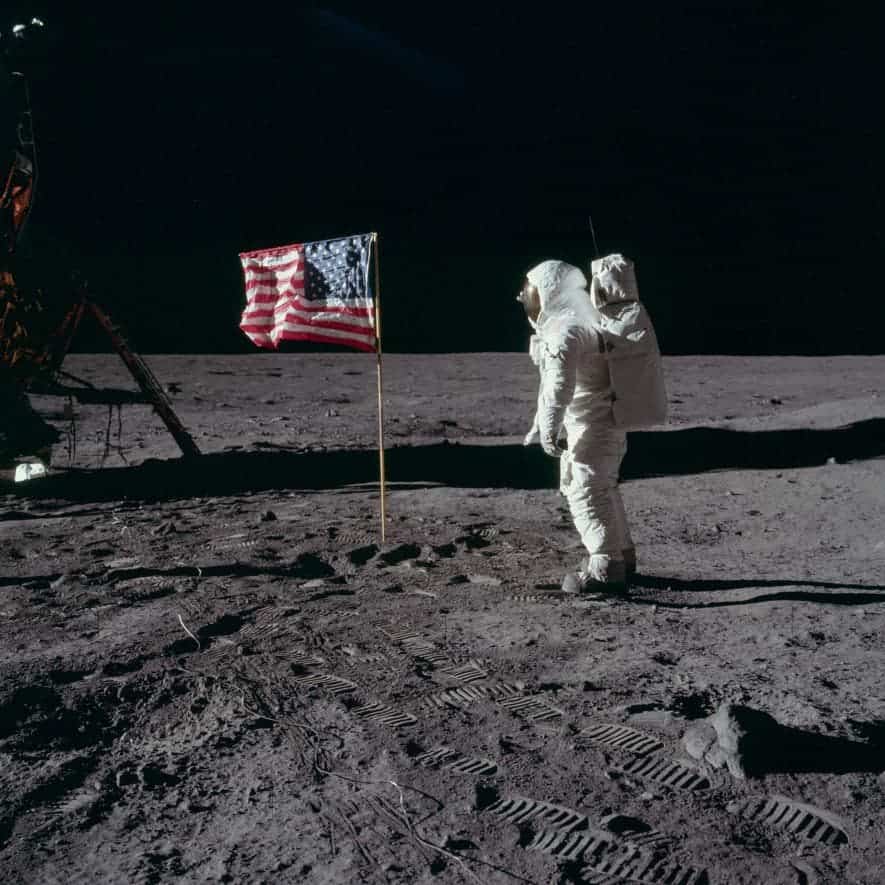
On July 20, 1969, the Lunar Module Eagle separated from the Command Module Columbia. Left alone on the shuttle, Michael Collins watched as the Eagle pirouetted before him, safely carrying Neil Armstrong and Buzz Aldrin towards the surface of the Moon. The seconds were long, but they came to an end, as Armstrong’s timeless words resounded across the entire planet.
“Houston, Tranquility Base here. The Eagle has landed.”
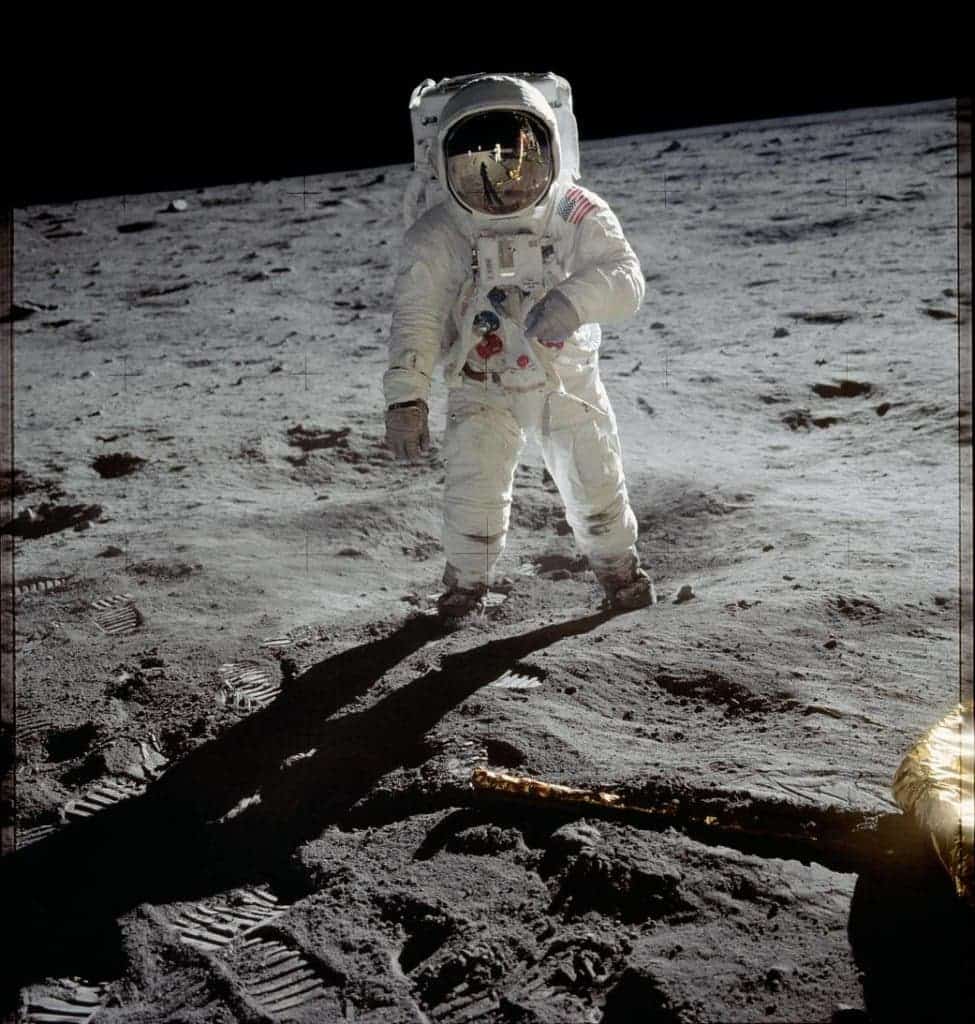
But even that would be topped. Broadcasted to a global audience, Armstrong stepped onto the lunar surface, describing the event in even more iconic words: “one small step for [a] man, one giant leap for mankind,” he said. For the most part, Armstrong operated the camera, which meant that most of the footage is of Aldrin. But it was Armstrong who first stepped on the moon, unveiling a plaque signed by the astronauts and President Nixon
“Here men from the planet Earth first set foot upon the Moon, July 1969 A.D. We came in peace for all mankind.”
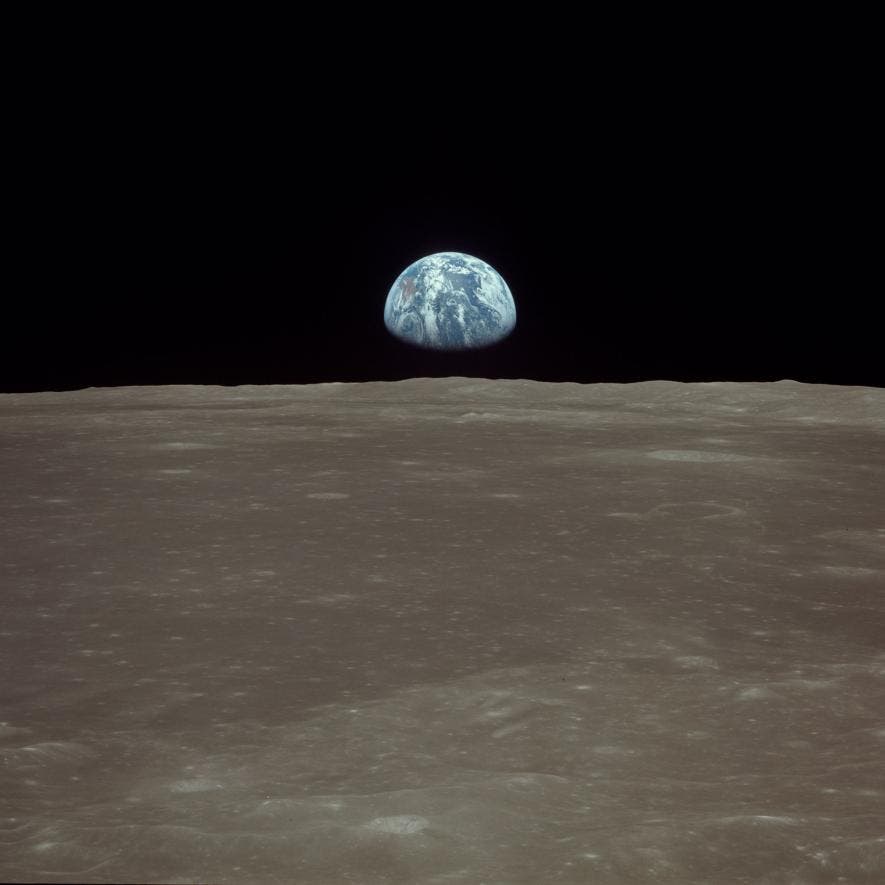
Armstrong and Aldrin spent just under a day on the lunar surface, collecting rocks and planting a flag, but it was a day that inspired generations and generations of scientists and explorers. The most advanced technological feat of the time, and the first time a human being had set foot on an extraterrestrial body. Oh, and they did it with less processing power than your smartphone.
But it wasn’t just the Apollo 11. The whole Apollo project propelled science and space exploration into a new world, expanding the limits of our knowledge beyond what many thought was possible.
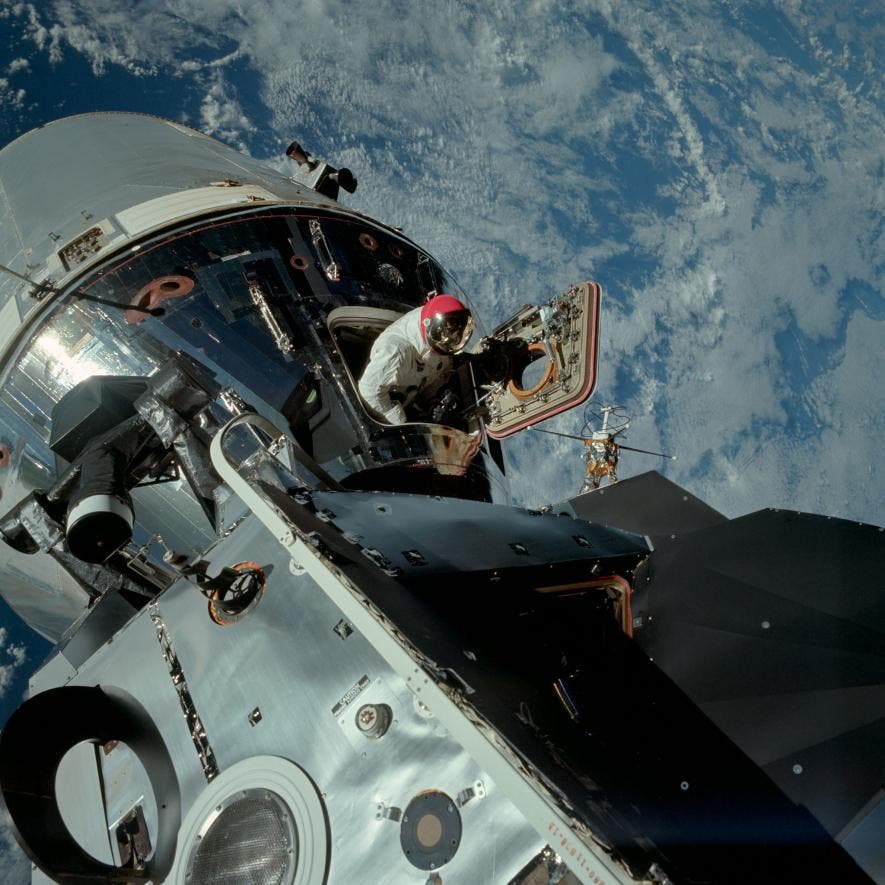
These images do a great deal to capture that spirit. Archived by NASA and arranged by Kipp Teague, a volunteer historian who runs the Project Apollo Archive, they tell a wonderful story. A story of courage, hard work, and intelligence. A triumph of science over a “magnificent desolation.” Sure, you could say it was a part of the Cold War, you could say it was a political impetus that caused these achievements, but at the end of the day, it was the work of brilliant men and women that got the job done.
Here’s to them!
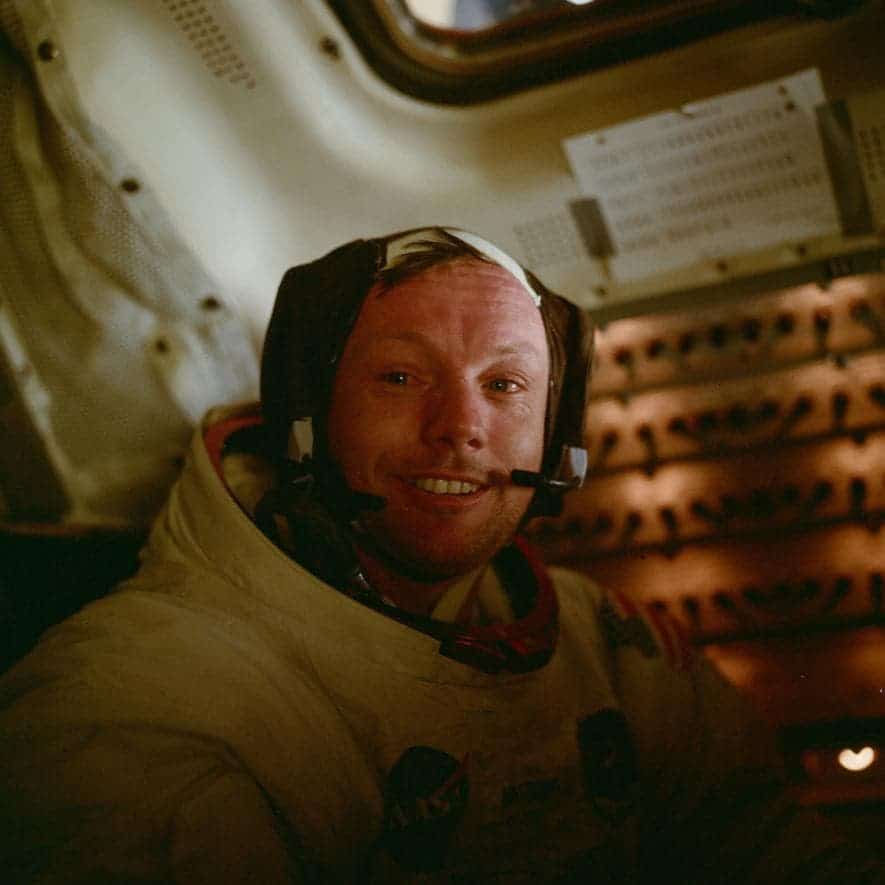
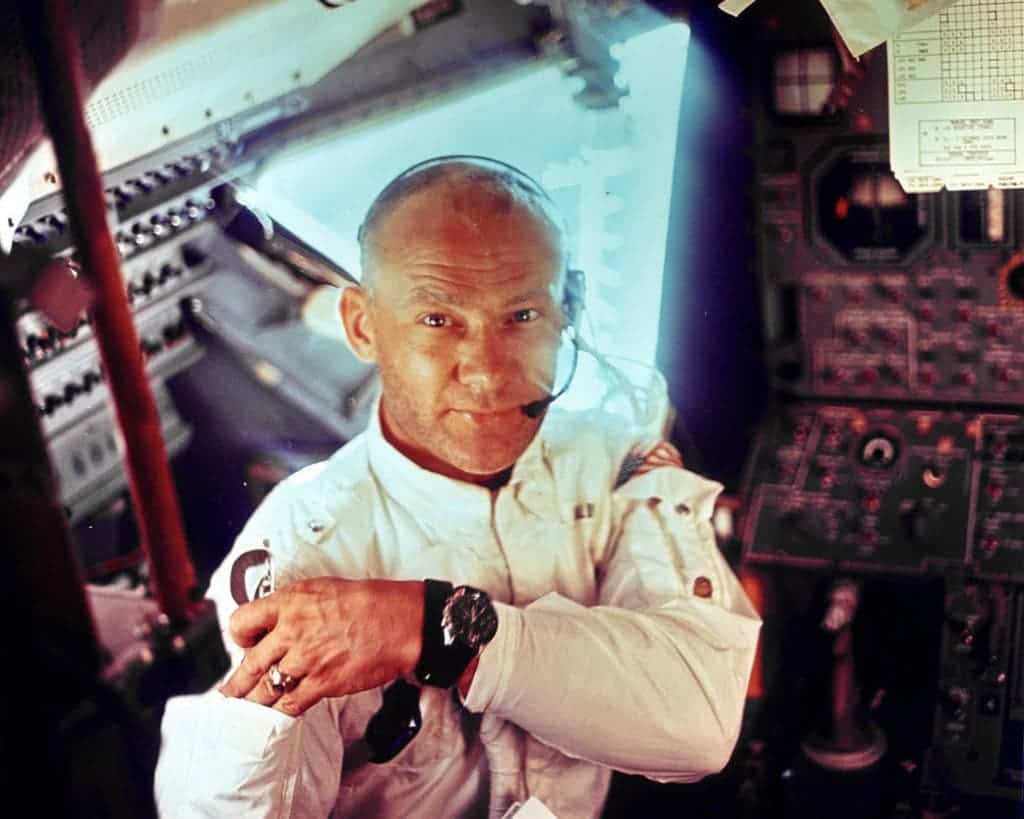
It was not with ease that this was done — and nothing illustrates that better than Apollo 13. It was supposed to be the third mission to reach the Moon, but two days after takeoff, an oxygen tank exploded. Rather ironically, the shuttle passed the far side of the Moon, to this day remaining the farthest humans have ever traveled from Earth.
After them, other missions were successful in reaching the Moon. Apollo 17 was the final mission of NASA’s Apollo program, and it was the last time mankind has set foot on the Moon. It was in 1972.
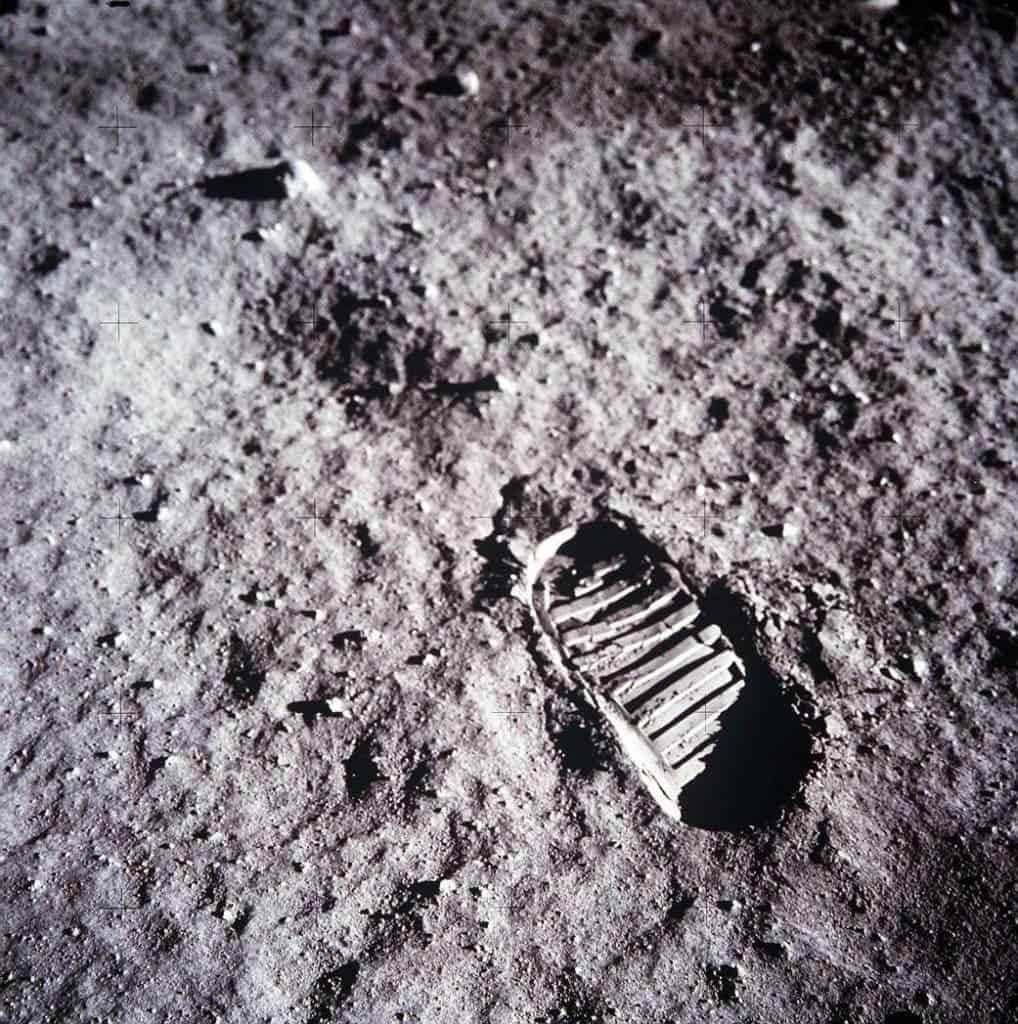

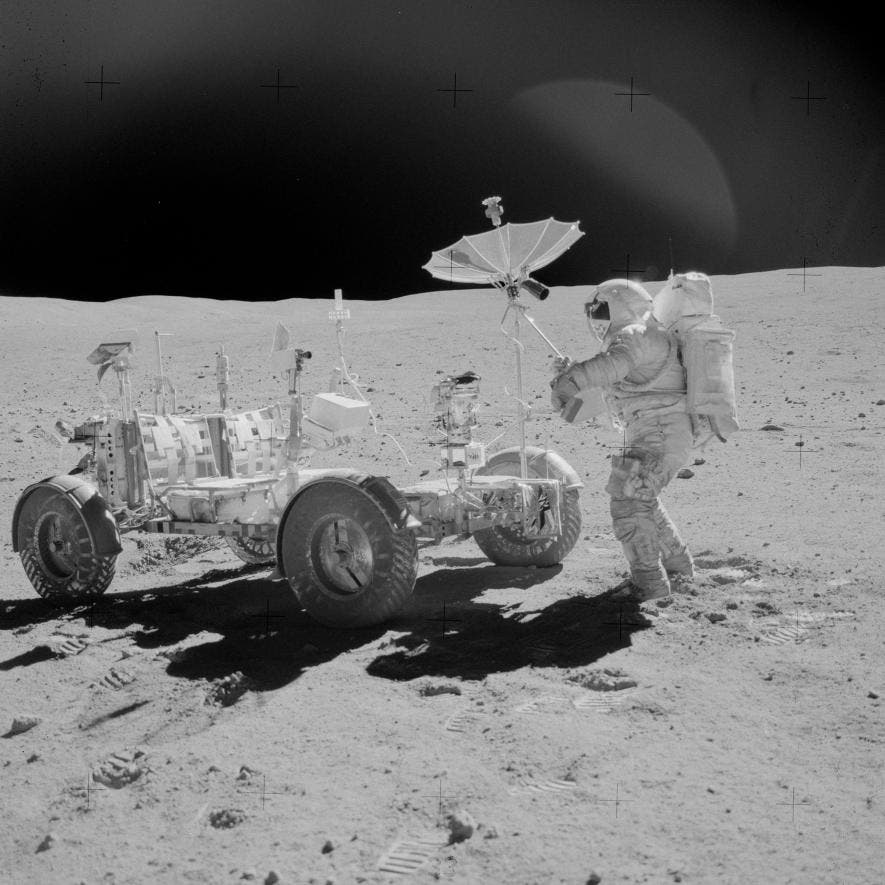

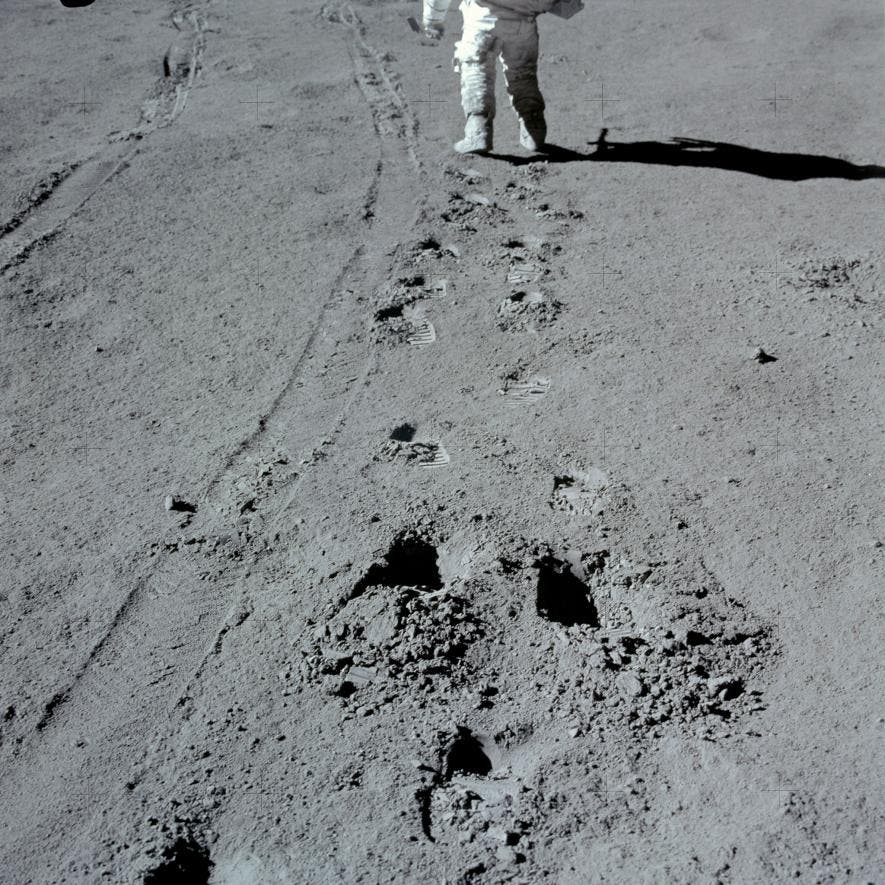

All images courtesy of NASA.


